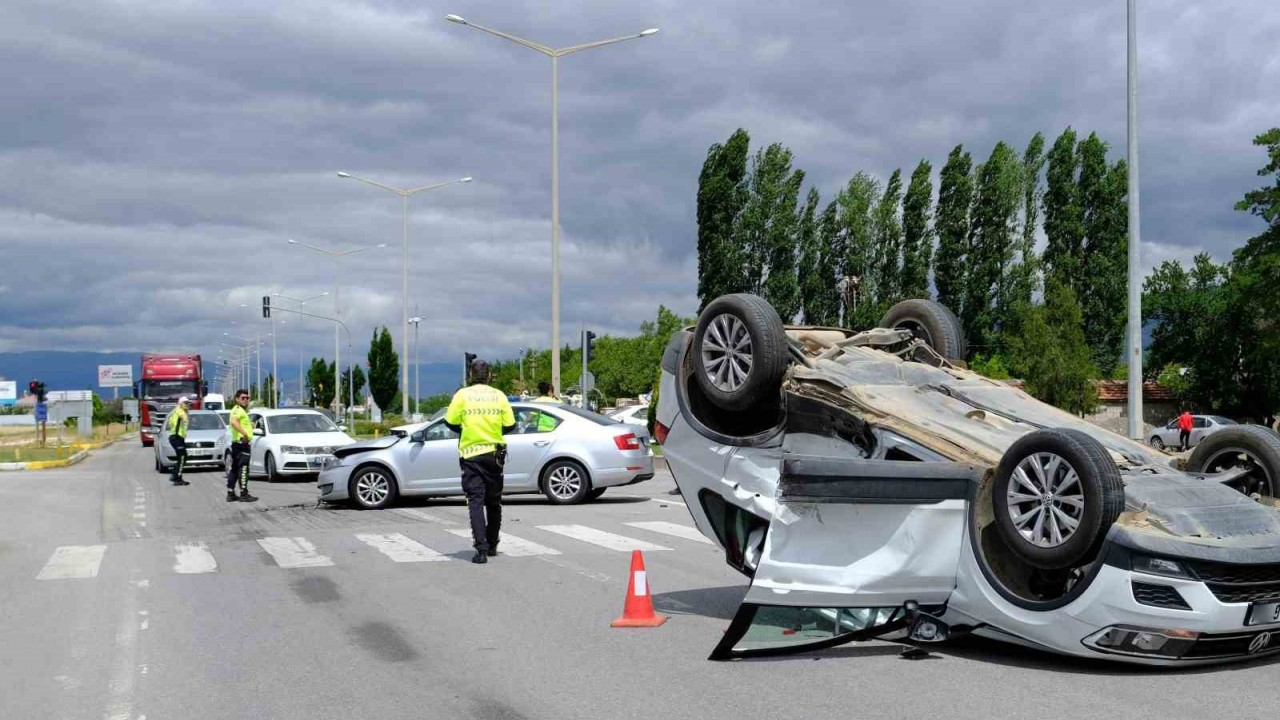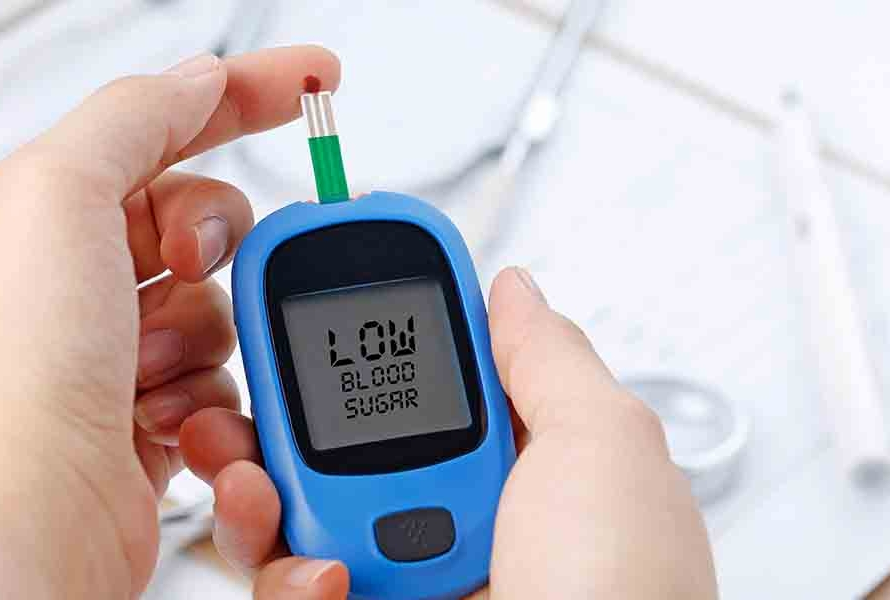Traffic accidents are one of the biggest problems facing modern societies. Today, millions of people are injured or killed every year due to these accidents. Traffic accidents can be caused not only by individual errors but also by infrastructure deficiencies, weather conditions and technological inadequacies. In particular, factors such as heavy traffic, carelessness and failure to comply with speed limits are among the most important causes of accidents. Injuries and deaths resulting from these accidents cause great losses both individually and socially.
Measures to prevent traffic accidents involving injury and death are of great importance. Drivers’ compliance with traffic rules, regular maintenance of their vehicles and attention to road safety can reduce the number of accidents. In addition, the state and relevant institutions should regularly maintain roads, increase traffic controls and tighten security measures. However, despite all these measures, traffic accidents become inevitable due to carelessness and rule violations.
Traffic Accidents with Injuries
A large proportion of traffic accidents result in injuries. In such accidents, drivers, passengers and pedestrians can suffer varying degrees of physical harm. Injuries can range from minor abrasions to serious fractures, organ damage and long-term disability. Motorcycle and bicycle riders are particularly at risk if they are not wearing protective equipment. Not wearing seat belts or traveling in vehicles without safety measures such as airbags are also factors that increase the risk of injury.
Injury accidents have not only physical but also psychological effects. Victims may experience post-incident trauma, fear and anxiety disorders. Especially in cases of severe injuries, the quality of daily life can be severely impaired. The economic dimension of such accidents should not be underestimated; treatment costs, loss of workforce and rehabilitation processes create a huge burden for both individuals and the health system.
Fatal Traffic Accidents
Fatal traffic accidents are the accidents with the most severe consequences. These accidents, which are often caused by high speed, carelessness and failure to comply with safety precautions, cause many people to lose their lives. Exceeding speed limits increases the severity of the impact at the moment of impact, increasing the risk of death. Driver errors such as alcohol and drug use can also lead to fatal consequences. Pedestrians are at great risk when traffic rules are not followed. Especially in urban areas, careless overtaking, red light violations and failure to stop at pedestrian crossings are the main causes of fatal accidents.
The aftermath of such accidents is devastating for the families left behind, both psychologically and economically. Individuals who unexpectedly lose their loved ones may also face economic difficulties while going through a deep mourning process. Especially when the breadwinner of the family loses his/her life in a traffic accident, it brings financial difficulties for those left behind. From a social perspective, insurance companies and public health institutions are also negatively affected by the high costs of traffic accidents.
Precautions to be Taken to Prevent Traffic Accidents
Various measures should be taken at individual and institutional level to prevent traffic accidents. On an individual level, drivers should strictly obey traffic rules, not exceed speed limits and avoid distracted driving. Even simple safety measures such as wearing seat belts, helmets for motorcycle riders and pedestrians paying attention to traffic lights can reduce the severity of accidents. In addition, regular maintenance of vehicles, checking brake systems and tires are also important factors that minimize the risk of accidents.
Government and local authorities need to invest more to improve traffic safety. Better road lighting, clear speed limits and proper placement of traffic signs can create a safer environment for drivers. In addition, more frequent traffic inspections and deterrent penalties can help drivers to comply more closely with the rules. Education programs and awareness-raising campaigns can also make a big difference, especially for young drivers.




